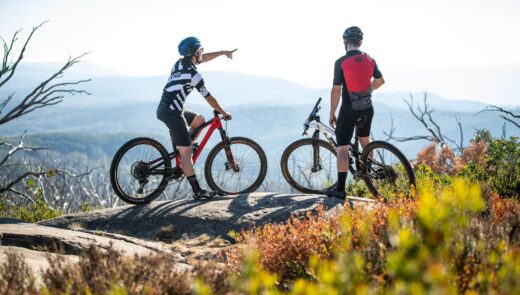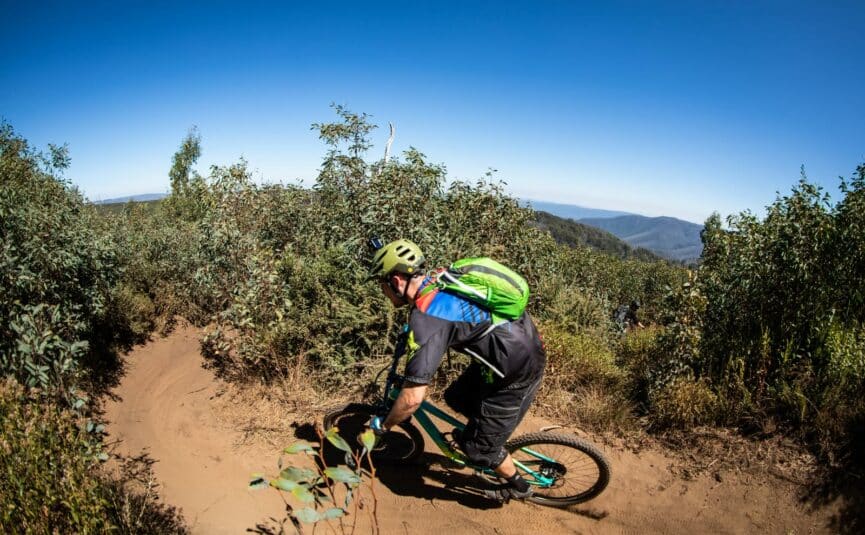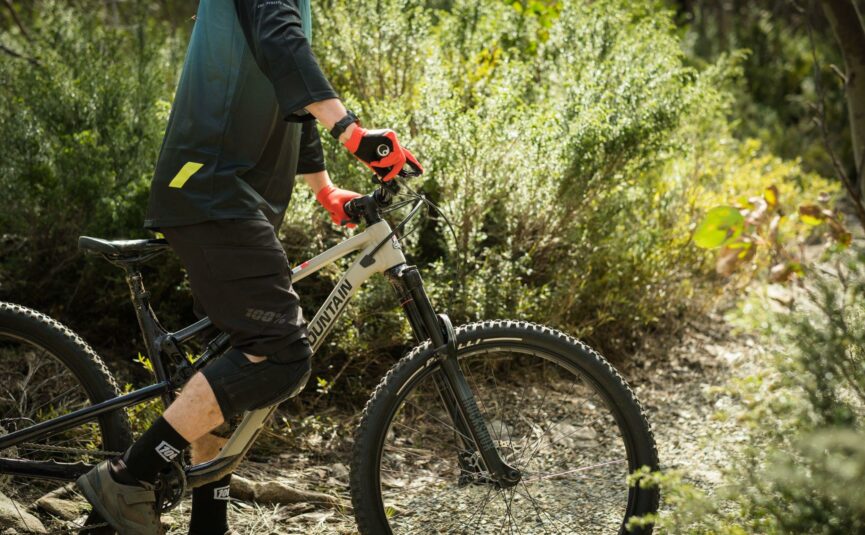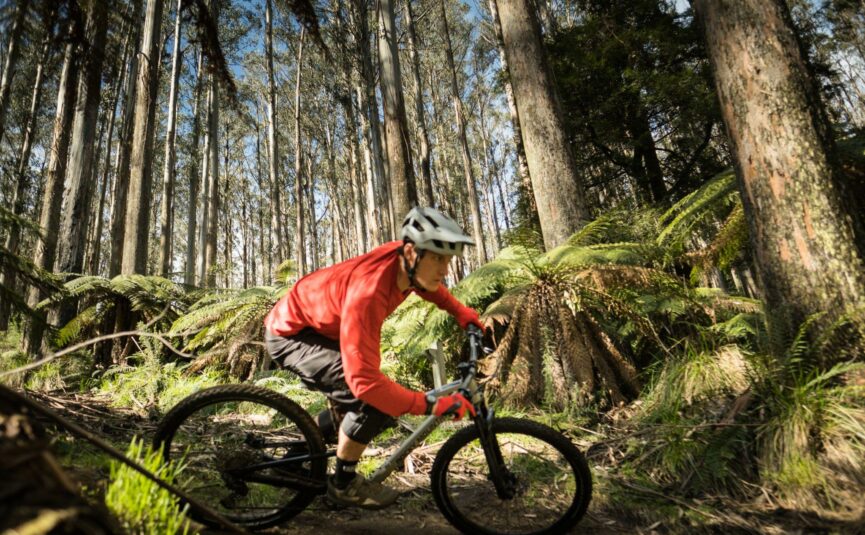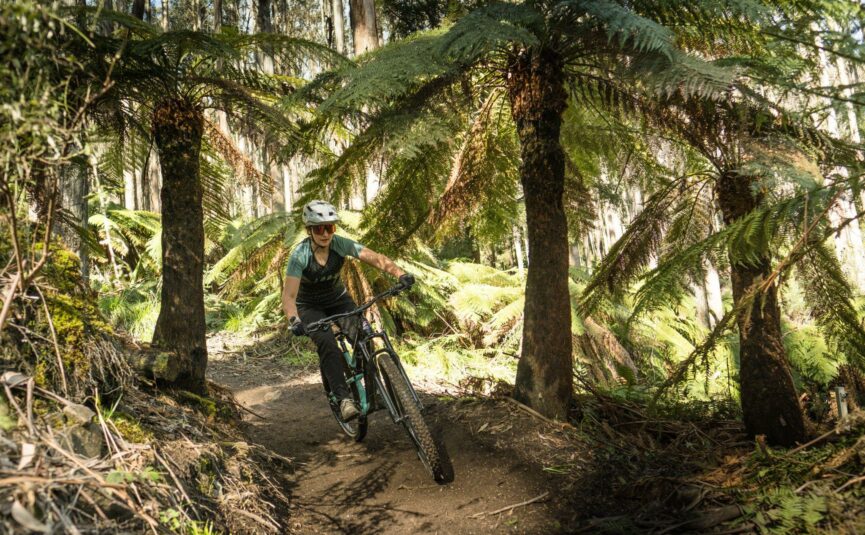With summer around the corner, it’s time to start enjoying the great outdoors again. Hitting the trails on a mountain bike is a wonderful way to stay fit, challenge yourself and have fun whilst breathing the fresh air. Mountain biking caters for different abilities and is a great sport to develop your skills. For people at entry level, there are a few things to consider before hitting the trails, like the type of bike, safety equipment and basic riding skills. We’ve got you covered! This summer we will have instructor lessons available for the public to develop those MTB skills to tackle the MTB trails with confidence.
Skip to:
Cafe CLOSED Today & ANZAC day, MTB Shuttles & hire available until April 28th!
24hr: 0cm
-
Resort Activities
All Resort ActivitiesSummerOPEN- Until April 28th 2024WinterJune 8th to October 6th 2024
-
Mountain info
OverviewResort InformationCommercial & GroupsAbout us
Cafe CLOSED Today & ANZAC day, MTB Shuttles & hire available until April 28th!
Back
Search

